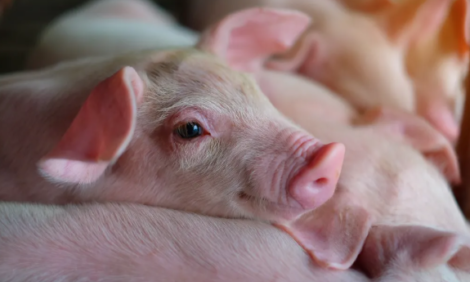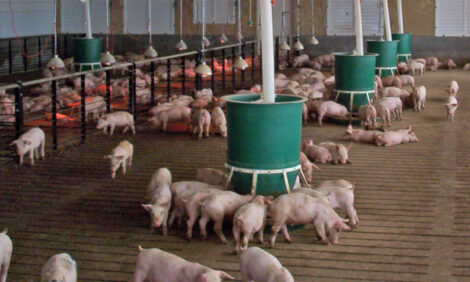



Robotic automation in the meat industry – challenges and solutions
Automation is needed in the meat industry; new tech can helpThe need for automation in the meat industry is increasing due to high demand, challenging working conditions and a shortage of qualified labor. New technology is taking automation a big step forward.
The development of an adaptive robotic system that integrates 3D imaging, CT scans and artificial intelligence is a major advance in automation in the meat industry. Designed to handle the natural variation in pig carcass anatomy, the system represents a new production paradigm in meat factory cells.
The research of NMBU fellow Ian de Medeiros Esper looks at the challenges associated with adaptive cutting and delimbing of pig carcasses. The goal is to develop a solution that is both efficient and accurate. To achieve this, de Medeiros Esper has explored various technologies and methods in his doctoral work at NMBU's Faculty of Science and Technology.
Meat processing in Meat Factory Cells (MFC)
Ian de Medeiros Esper addresses the automation of pork processing within the Meat Factory Cell (MFC) system. His research presents five contributions covering different aspects of automation and robotics in meat processing:
- Systematic review of progress
The research provides a systematic review of advances in robotics and automation in slaughterhouses. De Medeiros Esper analyzes commercial products and research publications to assess the current state, and looks at the adaptability and feasibility of different systems for parallel cell-based production. - 3D reconstruction in meat processing plants
Furthermore, he introduces a method for reconstructing 3D point clouds from cameras placed arbitrarily around a symmetrical object with minimal overlap. This method addresses the challenges of the slaughter line environment and the high degree of symmetry required in pig slaughter. - Open dataset for machine learning in meat processing plants
The third contribution presents an open dataset of pig slaughter cuts for computer vision and machine learning applications. The dataset aims to support the development of automation, object recognition, classification and semantic segmentation in meat processing plants. - Applications of RGB-D cameras for 3D scene reconstruction
de Medeiros Esper investigates the use of RGB-D cameras for 3D scene reconstruction and evaluates different methods for position estimation. - Framework for automation of modified primal cuts in pigs
Finally, he outlines a framework for automating modified primal cuts of pigs in an MFC context. The framework integrates CT scans, 3D point clouds, and cutting models to handle anatomical variability and increase precision in meat processing.
“Together, these contributions provide insight into the challenges and opportunities of integrating robotics and computational intelligence into the meat industry. The findings suggest potential areas for future innovation, especially for small and medium-sized producers,” says de Medeiros Esper.








